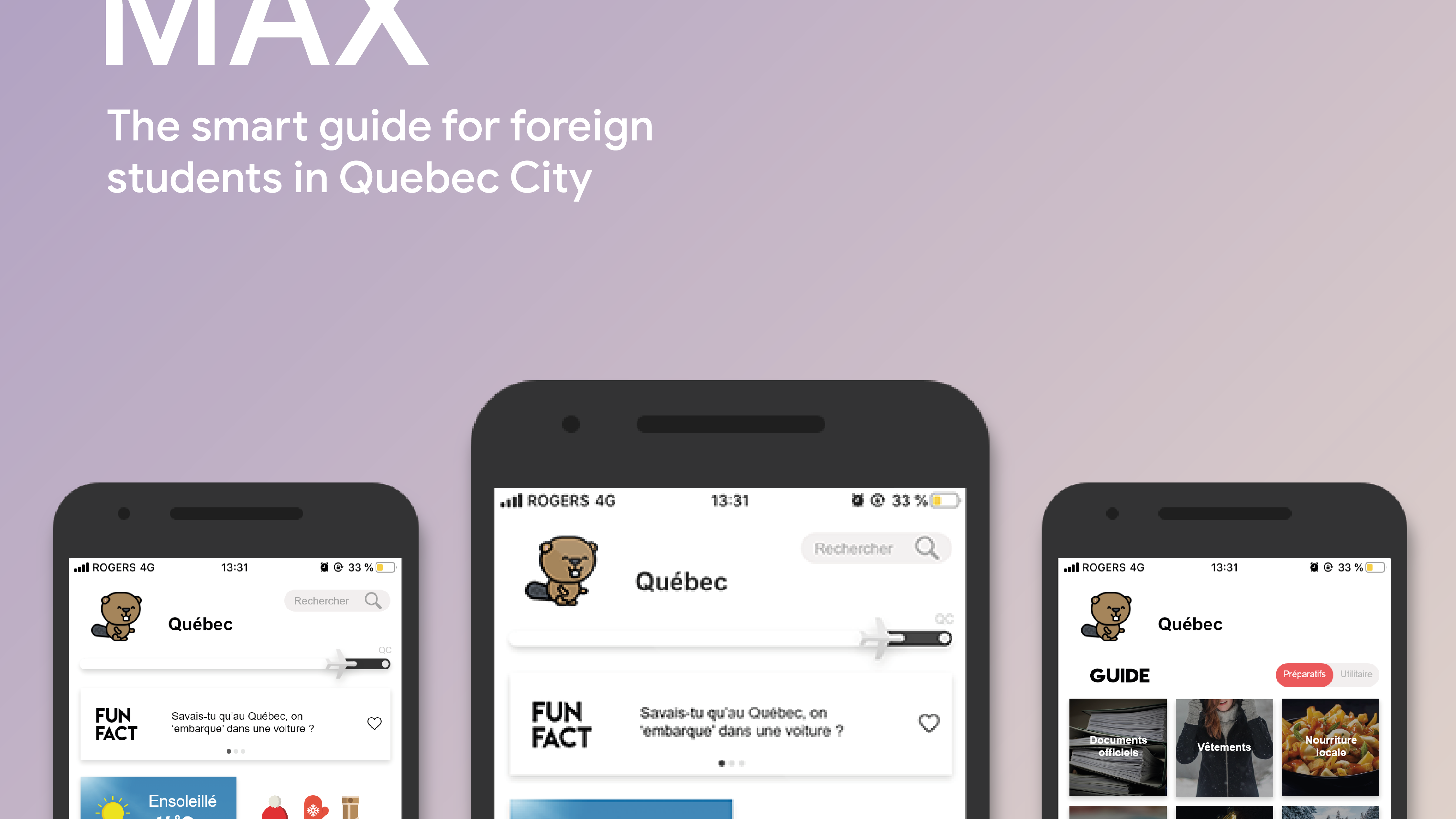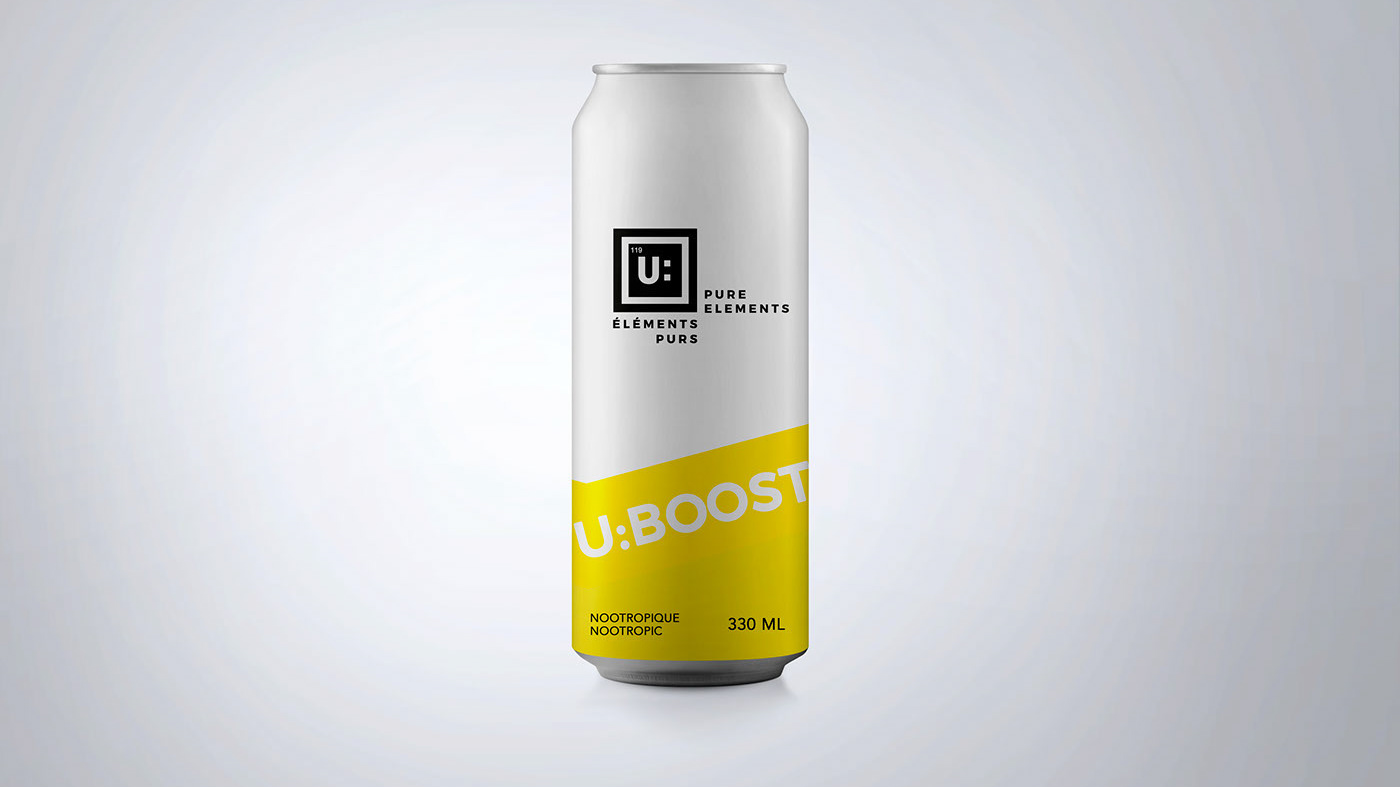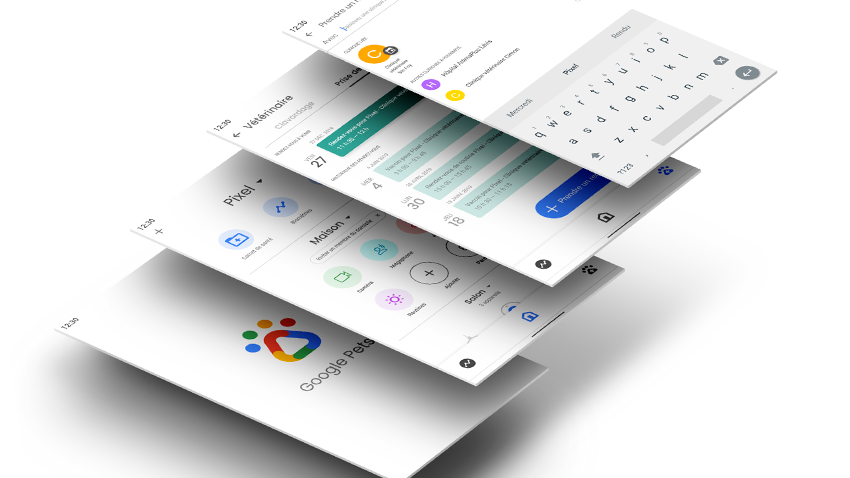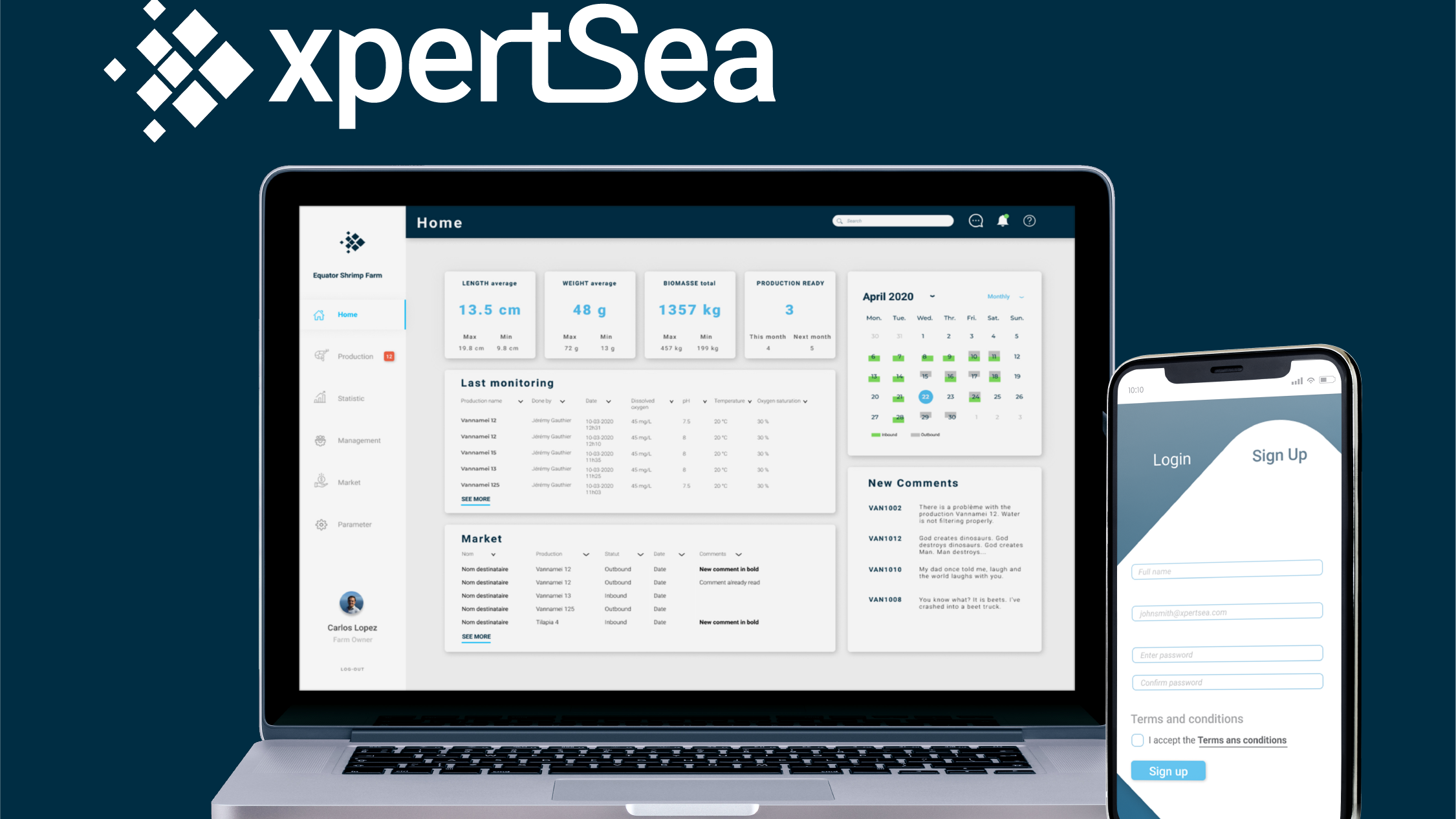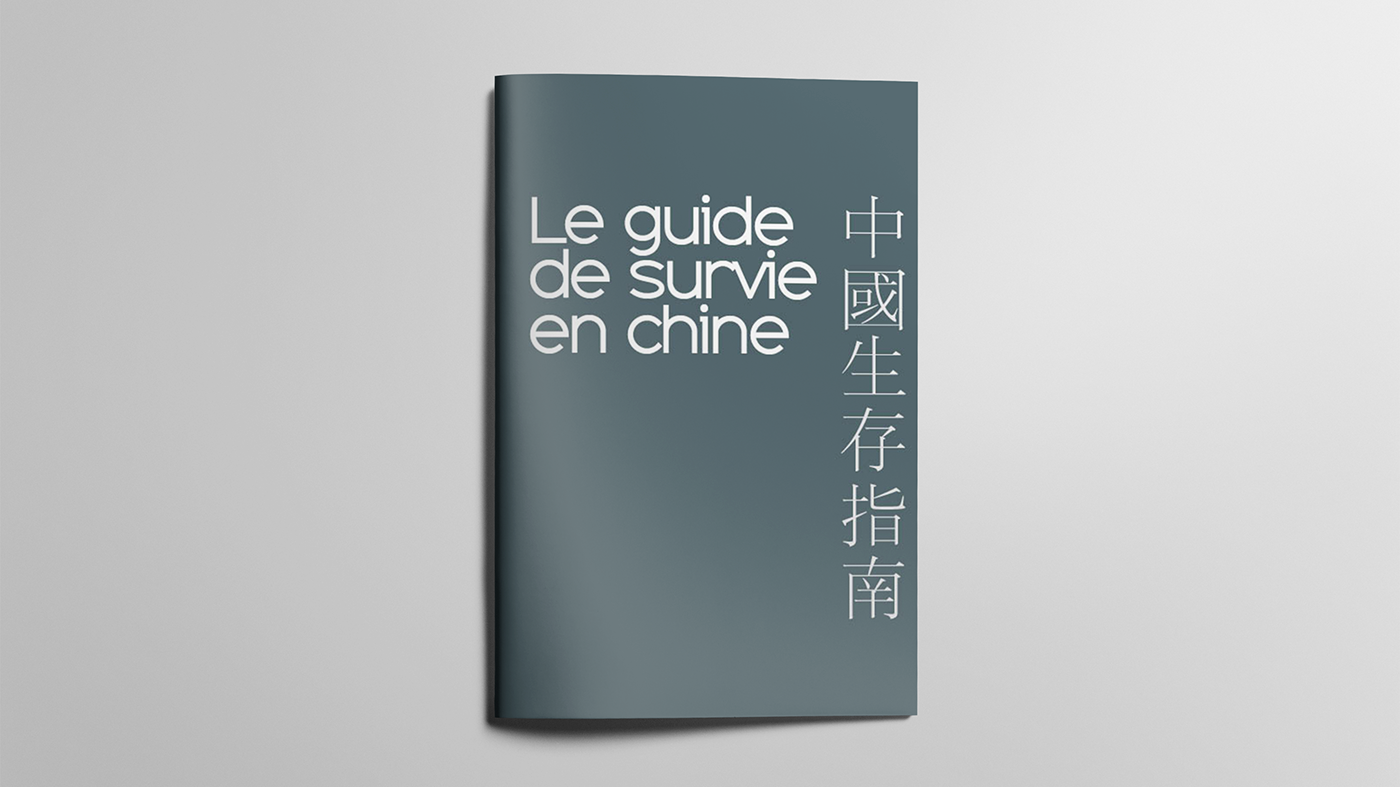UX case study
Vision in product
Overview
Aïda is a neural virtual assistant that simplifies users' lives, allowing them to focus on what is important to them. It detects the action the user wants to take and offers choices based on their preferences, values, goals and past decisions.
Task
Using the Vision in Product principle, we analysed how people pay for public transport and how they interact with the system from start to finish.
End product
The final product is a projection of how people will pay and live in 10 years' time. We envisaged a no UI assistant that would take care of daily life micro-interactions, giving users more time to spend on what really matters to them.
Vision in product
The Vision in Product methodology aims to understand a product and its context, taking into account as many elements as possible. This helps us to better understand the product as it is today and how it might evolve in the future.
Research
In order to carry out the project, we conducted a few different research phases. This enabled us to gather hundreds of pieces of information to gain an understanding of the current state of the product. These informations were then categorised into 70 key contextual factors.
Non participant observation
This method enabled us to gain a better understanding of how users pay their bus fare. Our aim was to develop a precise understanding of each micro-interaction required to complete this task.
Contextual interview
Some bus drivers were interviewed to gain a better understanding of how the payment process works and how long it takes.
We also wanted to find out how users are affected by contactless and cash payments.
Scholarly research
To better understand today's product, we need to understand its origins. This involves not only the product itself, but also all aspects related to it, whether psychological, physical, cultural or technological.
This research was also important because it was the first step towards understanding what the world of tomorrow will look like, how people will use technology and what will be possible.
Journey map
Journey map analysis was useful for understanding all the interactions made by users and where those interactions took place. It was important for us to gain a better understanding of some of the key parts of the processes, such as the pain points and the areas where things were slowing down, as well as the areas where things were flowing smoothly.
Autoethnography
To better understand the process, we underwent the same experience as them. Since my colleague had not taken the bus for 15 years, it was an opportunity to gather some very insightful data.
.
Insight
In our project, we deconstructed the bus ticket payment system and how users interact with it. We examined how it looks, how it works and how users interact with it.
Our research and understanding of the product's future led us to reimagine it. We considered what is (left side) and what will be (right side). This enabled us to reimagine the interaction and the reasons behind it.
Of all the insights we found, four main ones emerged.
Demographic evolution
Society is changing, as is the way people live. Society is ageing, and the generational gap between older people and technology seems to be widening.
Micro-interactions take time
Micro-interactions use up a lot of time without users even realising it. This results in a significant loss of time every day and requires users to pay attention to their daily routine.
Technologies are everywhere
Thanks to the Internet of Things (IoT), more objects are connected to each other today than ever before, and this number is only going to increase over time. These objects range from mobile phones and doorbells to televisions, refrigerators and washing machines.
Attention spans are too short.
People need to interact with and remember too many things at once. Their attention span is reduced with each additional interaction. Each new interaction shortens their attention span, increasing the risk of mistakes being made.
New product: Aïda
Aïda is a neural network processor which mimics the way the human brain works. It uses a subcutaneous chip implanted behind the user's ear which is connected to their brain. This enables Aïda to see, hear and feel the same things as the user. It is also directly connected to the web and all of the user's networks, giving it access to an infinite amount of information.
Aïda helps users make decisions by analysing all relevant information and data to determine the most desirable options. Once a choice has been selected, Aïda takes care of the details. For example, she can place orders, pay for them, and notify the user when follow-ups are required. She considers any changes to the user's environment, such as a mechanical breakdown delaying transportation, and analyses the potential impact. It may also propose an alternative route or notify someone of the user's delay. As Aïda is connected directly to the user's brain, she acts as a second brain, taking responsibility for all micro-interactions and thus reducing mental load and stress.
Reflection on using vision in the product
No matter how much we research and prepare, the initial direction can change, resulting in a vastly different final product depending on the interpretation of factors and insights on the project. We are also in a critical time of technological evolution. These can also influence society in such a way that a concept conceived 10 years ago would be rendered outdated.
Therefore, Vision in Product is a methodology that should be used sparingly, ensuring that the context of the future product is based on a plausible reality.
Therefore, Vision in Product is a methodology that should be used sparingly, ensuring that the context of the future product is based on a plausible reality.
